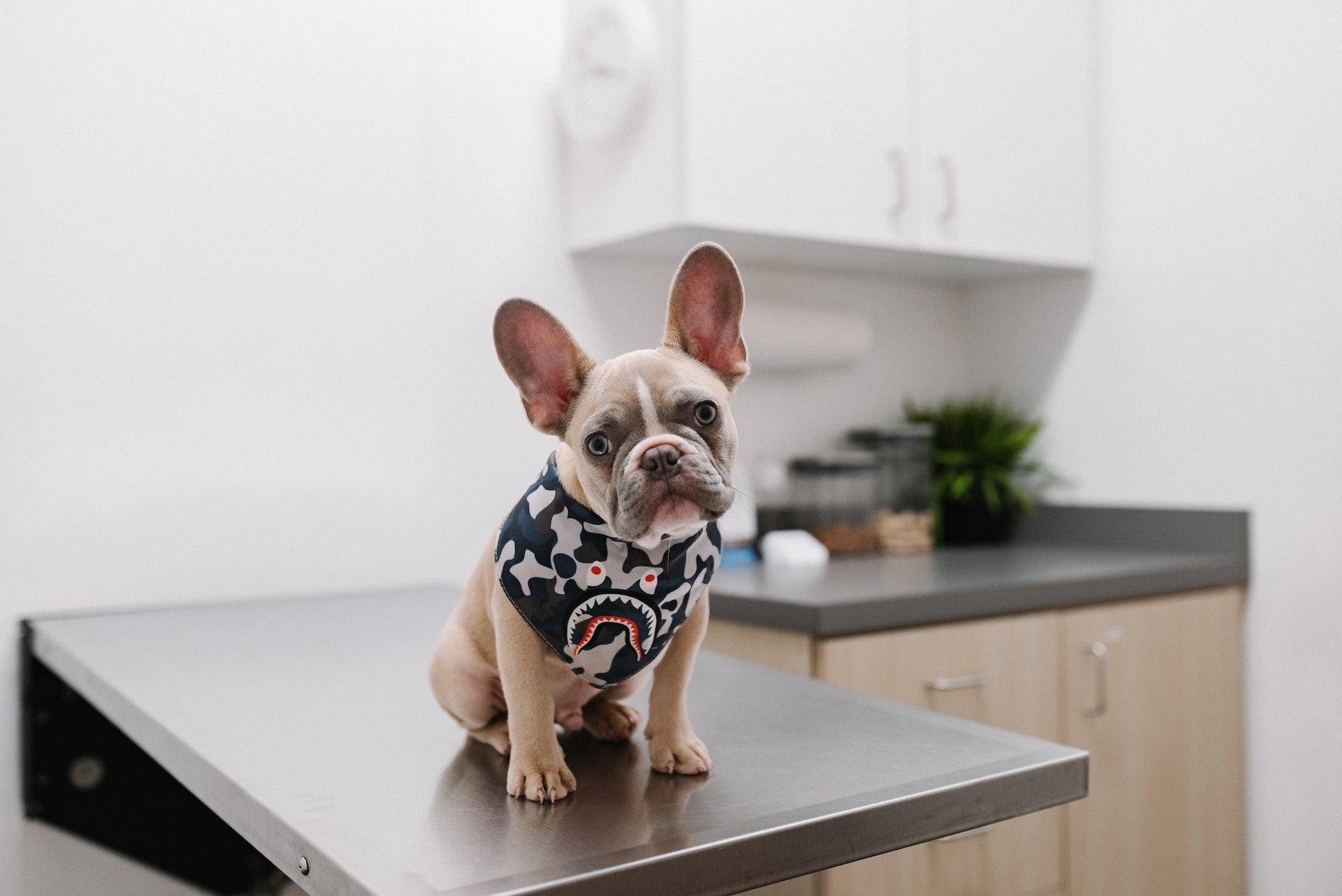

· By Trevor Horne
4 Tips to Get Your Veterinary Hospital Inventory Organized
Inventory management is a critical component of running a successful veterinary hospital. Ensuring that your practice has the right amount of stock on hand and that it is well-organized can be the difference between a smoothly running practice and one that is constantly battling inefficiency. But, of course, this is much easier said than done. Fortunately, with the right help, you can get it done without too much trouble:
1. Implement a Centralized Inventory Management System
One of the first steps in getting your veterinary hospital inventory organized is implementing a centralized inventory management system. This system should be designed to track your inventory levels, manage your ordering process, and provide you with the necessary data to make informed decisions about your stock.
That said, there are several inventory management software options available that are specifically designed for veterinary practices. These software solutions can help you track your inventory levels, set reorder points, and automate the ordering process. By implementing a centralized system, you can better manage your inventory and reduce the risk of stockouts or overstocking.
2. Make Use of Barcode Scanning Technology
Barcode scanning technology can greatly improve the efficiency of your inventory management process. By using barcode scanners, you can quickly and accurately update your inventory levels as items are received, dispensed, or returned. This technology also helps eliminate manual data entry errors and can save your staff a significant amount of time.
Additionally, incorporating barcode scanning technology into your inventory management system can also help improve the accuracy of your inventory counts. Regular inventory counts are essential for maintaining an accurate and organized inventory system. By utilizing barcode scanning technology during these counts, you can streamline the process and ensure that your inventory data is as accurate as possible.
3. Establish and Maintain Minimum and Maximum Stock Levels
Setting minimum and maximum stock levels for your inventory items is essential for maintaining an organized and efficient inventory system. These levels help you determine when it's time to reorder stock and how much to order to prevent stockouts and overstocking.
Minimum stock levels are the lowest quantity of a particular item that you want to have on hand. When your inventory levels drop below this minimum, it's time to reorder. On the other hand, maximum stock levels are the highest quantity of an item that you want to have on hand. This helps prevent overstocking, which can lead to wasted resources and expired products.
By regularly reviewing and adjusting these levels as needed, you can ensure you have all the items you need and also ensure everything is set in an organized manner.
4. Implement a First-In, First-Out (FIFO) Stock Rotation System
A first-in, first-out (FIFO) stock rotation system is essential for maintaining the freshness and quality of your inventory items. This system ensures that the oldest stock is used first, reducing the risk of expired or spoiled items.
To implement a FIFO system, organize your stock so that the oldest items are at the front of your shelves and the newest items are at the back. Also, train your staff always to use the oldest items first and ensure that new stock is added to the back of your shelves.
Conclusion
Implementing these best practices can help you get your veterinary hospital inventory organized and optimized for success. By centralizing your inventory management system, utilizing barcode scanning technology, and more, you can create a more efficient and streamlined practice that is better equipped to serve your clients and their pets.
ProNorth Medical ranks among the leading suppliers of medical devices and equipment in Canada and the United States. If you are looking for dentistry instruments and more, browse our online store for top-notch healthcare products!
- Choosing a selection results in a full page refresh.
- Press the space key then arrow keys to make a selection.
Your cart -
Your cart is currently empty.
